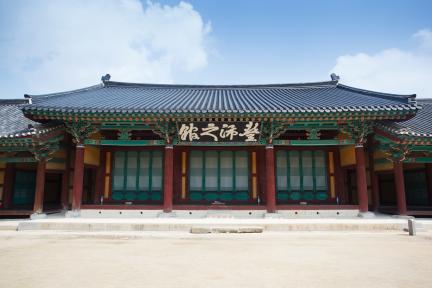국가유산 종목별 검색
보물
전주 풍패지관 (全州 豊沛之館)Pungpaejigwan Guesthouse, Jeonju
| 분 류 | 유적건조물 / 정치국방 / 궁궐·관아 / 관아 |
|---|---|
| 수량/면적 | 1동 |
| 지정(등록)일 | 1975.03.31 |
| 소 재 지 | 전북 전주시 완산구 중앙동3가 1번지 |
| 시 대 | 조선시대 |
| 소유자(소유단체) | 국유 |
| 관리자(관리단체) | 전주시 |


보물
전주 풍패지관 (全州 豊沛之館)Pungpaejigwan Guesthouse, Jeonju
| 분 류 | 유적건조물 / 정치국방 / 궁궐·관아 / 관아 |
|---|---|
| 수량/면적 | 1동 |
| 지정(등록)일 | 1975.03.31 |
| 소 재 지 | 전북 전주시 완산구 중앙동3가 1번지 |
| 시 대 | 조선시대 |
| 소유자(소유단체) | 국유 |
| 관리자(관리단체) | 전주시 |

ⓒ 2000. CULTURAL HERITAGE ADMINISTRATION. ALL RIGHTS RESERVED.



 국가유산
국가유산


